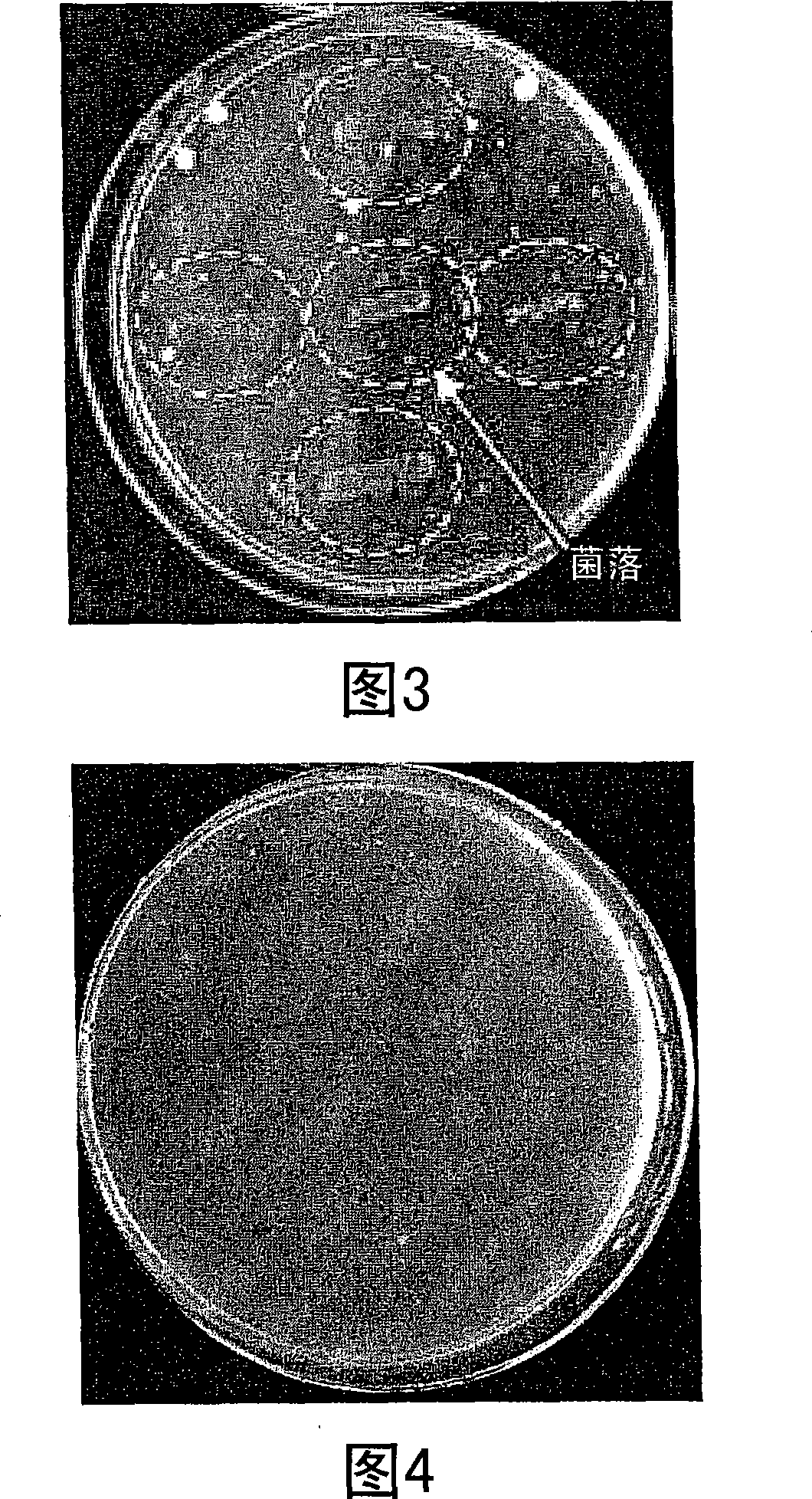Plant epidemic prevention agent, plant epidemic prevention method, plant epidemic prevention system, plant, and plant cultivation method
An anti-epidemic agent and plant technology, applied in the field of plant and plant cultivation, can solve the problems of reducing the amount of pesticide residues in soil, unable to decompose pathogenic bacteria, unable to prevent the invasion of pathogenic bacteria, etc., to prevent infection and achieve the effect of environmental protection
- Summary
- Abstract
- Description
- Claims
- Application Information
AI Technical Summary
Problems solved by technology
Method used
Image
Examples
Embodiment 1
[0168] Preparation of Phytoprotectants
[0169] As the photocatalyst powder, a photocatalyst titanium apatite (apatite containing titanium as a metal required for photocatalytic activity) was used.
[0170] As the photocatalyst titanium apatite, calcium-titanium hydroxyapatite (TiHAP; manufactured by Taihei Chemical Industry Co., Ltd., PCAP-100) as shown in FIG. powder) to prepare an anti-epidemic agent with a solid content of 1% by mass.
[0171] Anti-epidemic effect test 1 (in vitro test)
[0172] The confirmation experiment of the antibacterial effect against Phalaenopsis soft rot fungus (Erwinia chrysanthemi) was performed as follows. That is, the concentration of the above-mentioned Phalaenopsis soft rot bacteria is 10 4 The culture solution of each was inoculated on 5 positions of an agar medium (two types of medium without adding titanium apatite and adding 0.06% by mass of apatite were prepared) with platinum wires. Irradiate it with 1mW / cm for 3 hours 2 After fur...
Embodiment 2
[0207] Anti-epidemic effect test 2 (test of recovery from disease)
[0208] In the cultivation farm of orchid, obtain the Phalaenopsis plant that soft rot occurs and abandon, and not only its diseased part, but also the anti-epidemic agent prepared by above-mentioned embodiment 1 (1 mass % concentration) evenly sprayed to any part of its whole plant calcium-titanium hydroxyapatite). Fig. 9 shows a photograph of the leaf surface immediately after the spraying of the anti-epidemic agent. After spraying the above-mentioned 1% by mass concentration of the anti-epidemic agent, whitening of leaves with large damage in appearance was not observed. As a result of the spraying, the development of the disease was prevented, and as shown in Figure 10, new leaves and new flower buds were issued after 1 year, and new flowers were bloomed. From this, it can be seen that the anti-epidemic agent of the present invention has the function of recovering plants from diseases.
[0209] Fig. 11 ...
PUM
| Property | Measurement | Unit |
|---|---|---|
| particle size | aaaaa | aaaaa |
| particle size | aaaaa | aaaaa |
Abstract
Description
Claims
Application Information
 Login to View More
Login to View More - R&D Engineer
- R&D Manager
- IP Professional
- Industry Leading Data Capabilities
- Powerful AI technology
- Patent DNA Extraction
Browse by: Latest US Patents, China's latest patents, Technical Efficacy Thesaurus, Application Domain, Technology Topic, Popular Technical Reports.
© 2024 PatSnap. All rights reserved.Legal|Privacy policy|Modern Slavery Act Transparency Statement|Sitemap|About US| Contact US: help@patsnap.com










